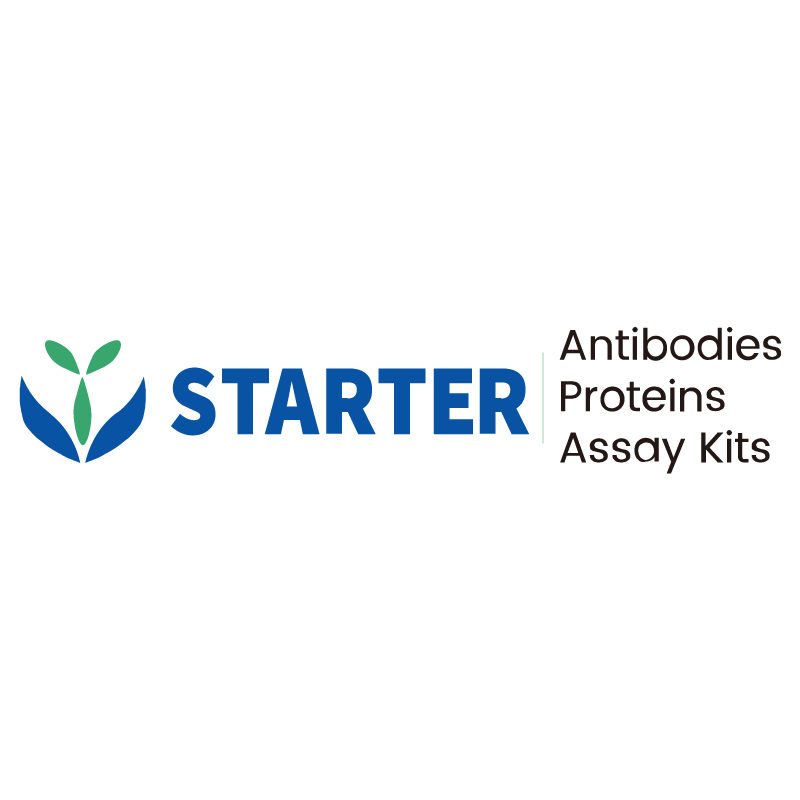Flow cytometric analysis of BALB/c mouse peritoneal exudates cells labelling Mouse CD115 antibody at 1:200 (1 μg) dilution (Right panel) compared with a Rat IgG2a, κ Isotype Control (Left panel). Goat Anti-Rat IgG Alexa Fluor® 647 was used as the secondary antibody. Then cells were stained with CD11b - Brilliant Violet 421™ antibody separately.
Product Details
Product Details
Product Specification
| Host | Rat |
| Antigen | CD115 |
| Synonyms | Macrophage colony-stimulating factor 1 receptor; CSF-1 receptor (CSF-1-R; CSF-1R; M-CSF-R); Proto-oncogene c-Fms; Csfmr; Fms; Csf1r |
| Location | Cell membrane |
| Accession | P09581 |
| Clone Number | S-R562 |
| Antibody Type | Rat mAb |
| Isotype | IgG2a,k |
| Application | FCM |
| Reactivity | Ms |
| Positive Sample | BALB/c mouse peritoneal exudates cells |
| Purification | Protein G |
| Concentration | 2 mg/ml |
| Conjugation | Unconjugated |
| Physical Appearance | Liquid |
| Storage Buffer | PBS pH7.4 |
| Stability & Storage | 12 months from date of receipt / reconstitution, 2 to 8 °C as supplied |
Dilution
| application | dilution | species |
| FCM | 1:200 | Ms |
Background
CD115, also known as CSF1R or colony stimulating factor 1 receptor, is a type I transmembrane protein encoded by the c-fms gene and belongs to the type III receptor tyrosine kinase family. It is primarily expressed on cells of the monocyte/macrophage lineage, dendritic cells, and in the developing placenta. CD115 acts as a receptor for colony stimulating factor 1 (CSF-1) and interleukin-34 (IL-34), mediating the biological effects of these cytokines on the survival, proliferation, and differentiation of myeloid cells, including macrophages and osteoclasts. The receptor consists of an extracellular domain with five immunoglobulin-like domains, a transmembrane segment, and an intracellular tyrosine kinase domain. Mutations in the CD115 gene have been associated with a predisposition to myeloid malignancies.
Picture
Picture
FC


